#Ural Owl
Text
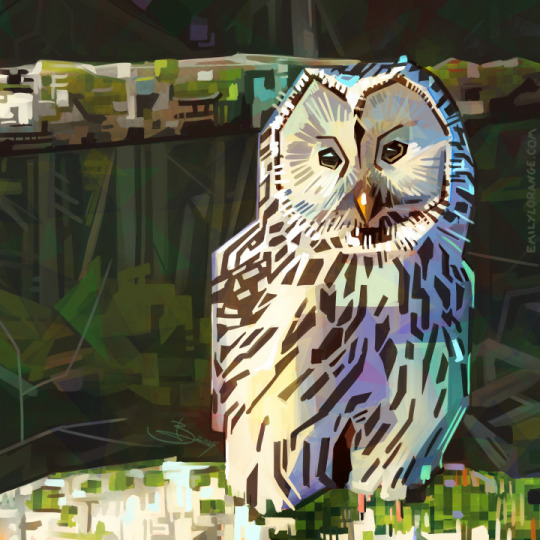
february's BirdWhisperer bird is an Ural owl!
reference photo by Erik Karits
#BirdWhisperer#Ural Owl#birb#bird#owl#bords#squorbs#art#digital art#artists on tumblr#clip studio paint
195 notes
·
View notes
Photo



フクロウ。 Ural owl.
766 notes
·
View notes
Video
“ Ssshhhh... “ // © Jaro Mikuš
Music: Björk - It's Oh So Quiet
946 notes
·
View notes
Text

Ural owl | malminenmikko | Lost Souls Paradise | Instagram
#lost souls paradise#adventure#get lost#nature#lost souls#landscape#exploring#explore#paradise#owl#the owl house#ural owl#forest#calm
237 notes
·
View notes
Text
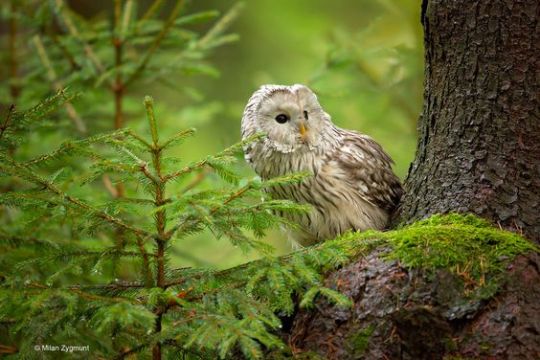
Ural Owl by Milan Zygmunt
84 notes
·
View notes
Text

Legends and myths about trees
Forest myths, Estonian traditional beliefs (5)
The world of the Estonians’ ancestors – Magical objects [first part]
White Ship (valge laev) - mythical ship that brings freedom or takes people away to a better land. This myth was born around 1860 when a small sect led by Juhan Leinberg (also known as Prophet Maltsvet) gathered near Tallinn to wait for a white ship to take them away.
Hat of fingernails (küüntest kübar) - makes the bearer (usually Vanatühi) invisible. In Estonian mythology, Vanatühi ("Old empty one", or alternatively, Vanapagan, "Old devil") is a/the devil or god of the underworld, a giant farmer who is more stupid than malevolent. Vanapagan is the ogre character in Estonian versions of the series of internationally known folktales of the stupid ogre.
Letter gloves (kirikindad) – were believed to have protective or magic powers, especially church letter gloves and the gloves that sailors wore. Letter gloves were (are) decorated with special geometric patterns and narrow red stripes; they have many whispers and spells in them because the crafter used to sing while making, dyeing and knitting yarn.
Letter Belt (kirivöö) - the belt had the most ancient and magical patterns of all the craft items, red woven belts and laces were a common item to sacrifice (they were tied to the branches of holy trees). The belt was tied around parts of body that were sick and, pulled tightly around the waist, to protect and give strength to the bearer.
Sacred stones - the last ice age has left a lot of great stones (erratics) in Estonia. Many of them were considered sacred and people came to them to sacrifice silver, blood, red ribbons and coins and ask for welfare and prosperity. Often, the stones have little holes in them, some of them probably used to place the sacrifice in. The meaning and function of the holes is however still disputed; according to a paleoastronomer they may have had a calendary function.
Travelling forests - when people are mean, greedy and cruel, the forests will leave those places. The most stories about travelling forests are found in coastal areas of Estonia.

木にまつわる伝説・神話
森の神話・エストニアの民間伝承 (5)
エストニア人の祖先の世界 〜 魔法のオブジェ(続き)
白船(valge laev)- 自由をもたらし、より良い土地へと人々を連れ去る神話上の船。この神話は1860年頃、ユハン・レインベルグ(預言者マルツヴェトとしても知られる)に率いられた小さな一派がタリン近郊に集まり、自分たちを連れ去ってくれる白い船を待ったことから生まれた。
爪の帽子(küüntest kübar) - 持ち主(通常はヴァナトゥヒ)を見えなくする。エストニア神話では、ヴァナテュヒ(「老いた空っぽの者」、あるいはヴァナパガン、「老いた悪魔」)は冥界の悪魔または神であり、悪意というより愚かな巨大農夫である。ヴァナパガンは、国際的に知られる一連の愚かな鬼の民話のエストニア語版に登場する鬼のキャラクターである。
レター・グローブ(kirikindad)-特に教会便りの手袋や船乗りが身につける手袋には、身を守る力や魔法の力があると信じられていた。レターグ・ローブには特殊な幾何学模様と細い赤い縞模様が施され、糸を作ったり染めたり編んだりするときに職人が歌っていたため、多くのささやきや呪文が込められている。
レター・ベルト(kirivöö)-ベルトは、工芸品の中で最も古く、魔法のような模様をしており、赤い織物のベルトやレースは、生け贄に捧げるための一般的なアイテムだった(聖なる木の枝に結ばれていた)。ベルトは、体の病気の部分に巻かれ、腰の周りにきつく引っ張られ、持ち主を守り、力を与えた。
聖なる石 - 最後の氷河期は、エストニアに多くの巨石(迷子石)を残した。その多くは神聖なものとされ、人々は銀や血、赤いリボンやコインを捧げ、福祉と繁栄を祈願するために訪れた。多くの場合、石には小さな穴が開いており、そのうちのいくつかは生贄を捧げるために使われたものと思われる。古天文学者によれば、穴には暦の機能があったのかもしれない。
旅する森 - 人々が意地悪で、貪欲で、残酷であると、森はその場所を去ってしまう。旅する森にまつわる話は、エストニアの沿岸部に多く見られる。
#trees#forest#tree legend#tree myth#estonian mythology#magical objects#folklore#mythology#legend#nature#art#ural owl
141 notes
·
View notes
Note
would love to see some interesting owls :]
Here is a leucistic and albino screech owl! With such large eyes it really makes the difference between the two really loud and clear!
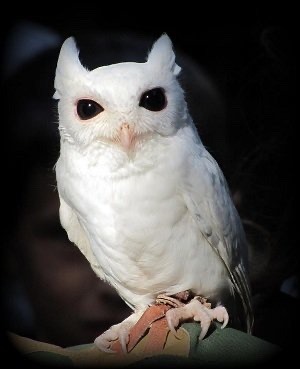

And I’m obsessed with how melanism in owls seems to turn them dark brown rather than solid black! Here is a barn, ural, and barred owl!
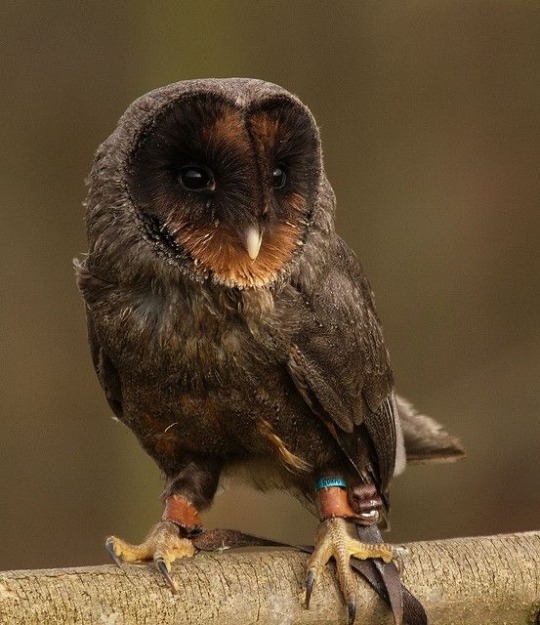


#melanstic#melanism#albino#albinism#leucistic#leucism#barn owl#screech owl#barred owl#ural owl#owl#strix varia#Megascops asio#Tyto alba#Strix uralensis#the ural and barred look suspiciously similar#but I’m going with what they were labeled as#owls are not my strong suit#the albino is from a now private video but the screenshot is from dodo#so feel they don’t deserve credit#bird#color mutation
678 notes
·
View notes
Text
Omg it's christowlpher pierre!!! (Real!!!)

Seriously this is edited and photoshopped btw
20 notes
·
View notes
Text

A family of Ural owls (Strix uralensis) for superb owl sunday.
11 notes
·
View notes
Text
BOTD: Ural Owl

^Image credit: Jyrki Salmi
Ural Owl (Strix uralensis)
The Ural Owl was given its scientific and common names by Peter Simon Pallas in 1771, due to the type specimen having been collected in the Ural Mountains of Russia. It is referred to in various languages by various names, some of which translate to "attacking owl", "long tailed owl", and "goshawk-owl". They are thought to be closely related to Tawny Owls.
#bird of the day#ural owl#birds of europe#birds of russia#birdwatching#birding#owls#owl#ural owls#strix uralensis#birds of prey#bird of prey#bird facts#ornithology#bird behaviour#bird names#bird taxonomy#birds#bird
98 notes
·
View notes
Text
Photos under the cut



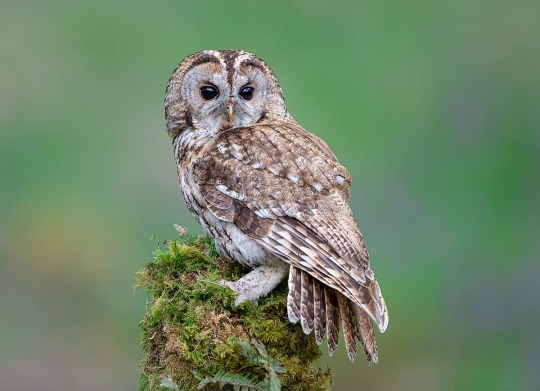

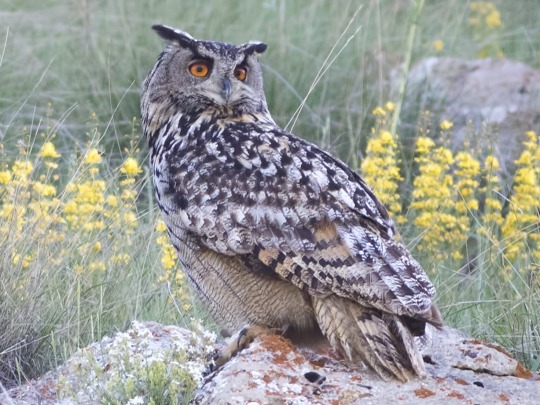


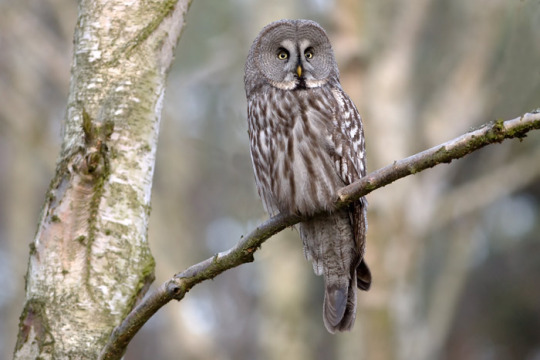
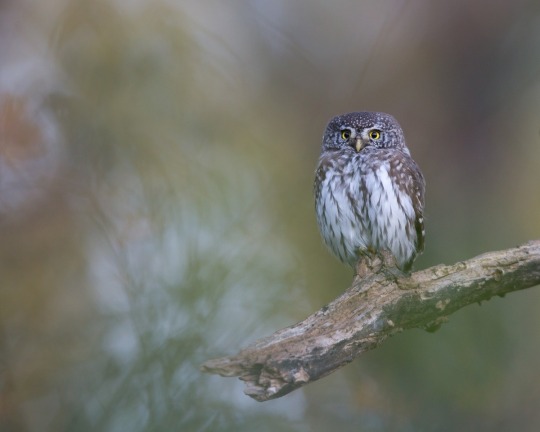
#and now the word owl looks weird#also I can’t choose either hahah#didn’t include snowy or scops because they are kinda their own category and I’ve seen neither in the wild yet#although I will maybe see scops this summer#this is very much based on the owls I have seen or know people that have seen them or want to see them#so very biased yes#owls#poll#polls#owl#Ural owl#barn owl#great grey owl#eagle owl#tawny owl#long eared owl#short eared owl#Pygmy owl#Tengmalm’s owl#northern hawk owl#spent way too much time on weird alt texts....
69 notes
·
View notes
Photo

58 notes
·
View notes
Video
“ LULLABY “ // © Jaro Mikuš
Music: Céline Dion - Brahms' Lullaby
141 notes
·
View notes
Photo
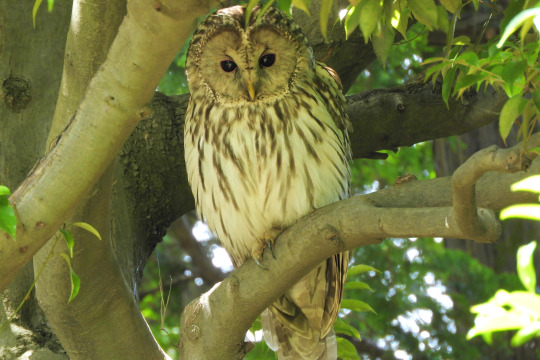
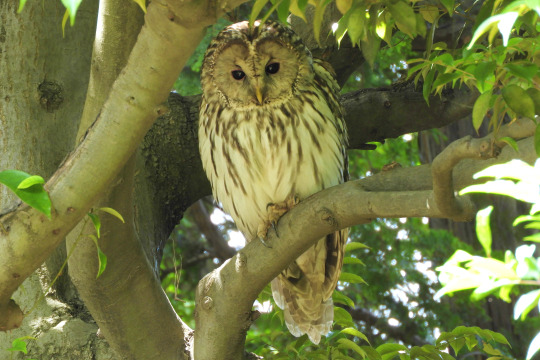

フクロウ。 Ural owl.
29 notes
·
View notes
Text
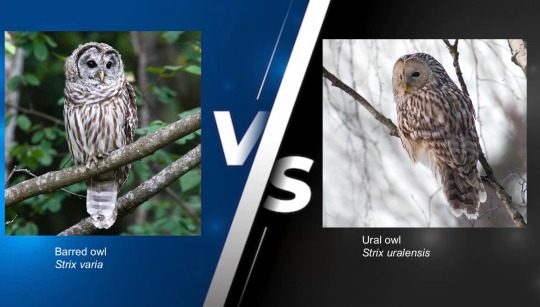
Classic Strix owls, N America vs Eurasia!
Widespread across North America, barred owls live in mature forests and are very sedentary and territorial. They mostly eat small mammals like mice and voles, but are also opportunistic predators. They mate for life and lay a clutch of 2-3 eggs yearly. Chicks leave the nest at 4-6 weeks, but they don’t go far! They climb nearby trees with their beak and talons until they learn to fly, at about 10-12 weeks. They stay near their parents’ hollow much longer than other owls, about six months! Barred owls are considered the nocturnal ecological equivalent of red-shouldered hawks. In the past century, barred owls have been expanding their range into the Pacific Northwest, driving out the already endangered spotted owl.
The elegant Ural owls are spread across northern Eurasia in mature primary forests. Because of their far northern habitat, they may be active during the day in the summer and can be described as cathemeral. They mostly eat small rodents like mice and voles. They mate for life and have especially high mate retention, and jointly establish large territories that they maintain for several years. Chicks are cared for for two months after leaving the nests. Females are so fierce in defending their nests that in Sweden, Ural owls are called “attacking owls.” Ural owls have about nine unique vocalizations, but are usually silent and may not make a noise for days at a time.
22 notes
·
View notes
